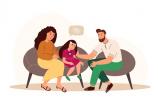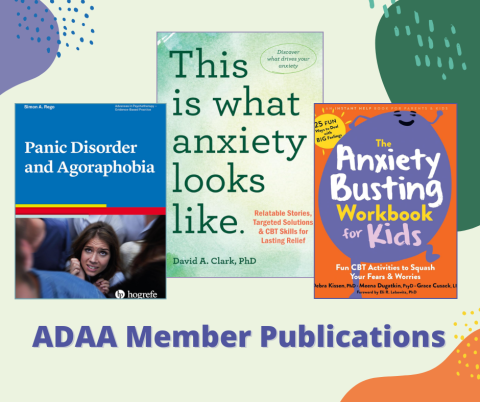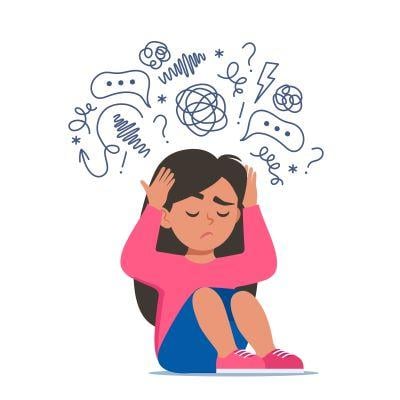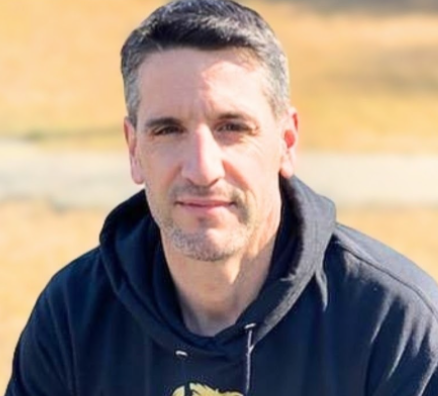Anxiety: Both Friend and Foe
Anxiety: Both Friend and Foe

Anxiety is an emotion that is woven into the fabric of every human life to protect us from danger and harm. It is a trait that is passed through our genes, born into our temperament and reflected in the structure of our brain. When triggered, it reaches around our bodies to speed our hearts and pump blood to our muscles to hasten our escape or fight for survival. To prepare us for danger, anxiety narrows our vision, tightens our chest and quickens our breathing. Traumatic memories last a lifetime and anxiety tells us to avoid that danger now and in the future.
Anxiety does not affect everyone equally.
- One out of five of us are temperamentally more prone to anxiety. These individuals tend to be slow to warm up to new situations, resist novelty and are often socially introverted.
- On the other hand, two out of five of us love stimulation and novelty. This group is often bold and daring, easily bored and socially extraverted.
- The rest of us fall somewhere in between.
These lifelong traits, which can be observed in infancy, are not considered pathological. These differences in temperament add to our individuality and enrich society with varying patterns of behavior and interaction.
Anxiety and resilience can also be learned through experience and handed down from one generation to the next.
- Our families help us put our fears into words and teach us what is a real danger and what is a false alarm.
- Our friends and the larger community also influence our perception of safety and danger.
- Upsetting images in the media and on social media contribute to our sense of danger and our level of anxiety.
- We need more inspiring stories of perseverance and resilience to help us feel strong and hopeful.
The COVID pandemic has been traumatic for all of us, some more than others, and a special challenge in the realm of anxiety. To curb the pandemic we had to isolate from our friends and families and cancel or miss important events. It kept children out of school, behind in their learning and away from summer camp, sports, music and the arts. Kids missed out on valuable opportunities to take risks and to fail in small ways in order to learn resilience and grow stronger.
Now we find ourselves at the end of the pandemic facing a mental health crisis that was well underway before COVID arrived.
- The incidence of anxiety and mood disorders, self-injury and suicidal behavior has risen to frightening levels.
- Substance use, school refusal and academic underperformance are all too common.
- During the pandemic, children and teens developed poor sleep hygiene, indulged in excessive screen time, were less physically active and ate more junk food.
- Schools lowered expectations and gave passing grades for much less work.
These accommodations seemed like grace at the time but have led to less learning and a loss of work ethic and academic grit that has been difficult to reverse. Raising the performance bar at home and in school is critical but stressful and can lead to conflict.
How might we decrease the impact of anxiety on our children and our teens to help them function their best and find more joy in their lives?
For individuals with an anxiety disorder there is strong evidence that Exposure-based Cognitive Behavior Therapy, CBT-based Parent Training and other exposure-based behavioral interventions can be very effective.
The central idea is that we have to discourage avoidance and help children and teens face the things that make them anxious. To do so:
- We have to teach them new coping skills and mindful ways to manage the effects of anxiety on their bodies.
- We have to help them think about things differently in order to find more hope and inner strength.
- High expectations, sophisticated support and a series of small steps can begin the long march towards wellness.
Medications like fluoxetine, sertraline, duloxetine and others can help in the treatment of anxiety disorders about half of the time. Combining medicine with structured exposure-based therapy makes that number jump to over 80%.
For milder problems with anxiety it takes lifestyle changes to build strength and resilience:
- A good night’s sleep, healthy food, regular exercise and in-person socialization make us stronger.
- Limiting screen time including social media, video gaming and TV frees up time to build in-person relationships, get adequate sleep, prepare nutritious food and get out for a walk.
- We need to get healthier and reconnect with each other to manage life’s stressors.
- Each of us should reach out to a young person or an elder, a friend or a stranger.
Together, we can be strong, cope better, find our grit and determination and be grateful for more joy in our lives.



















